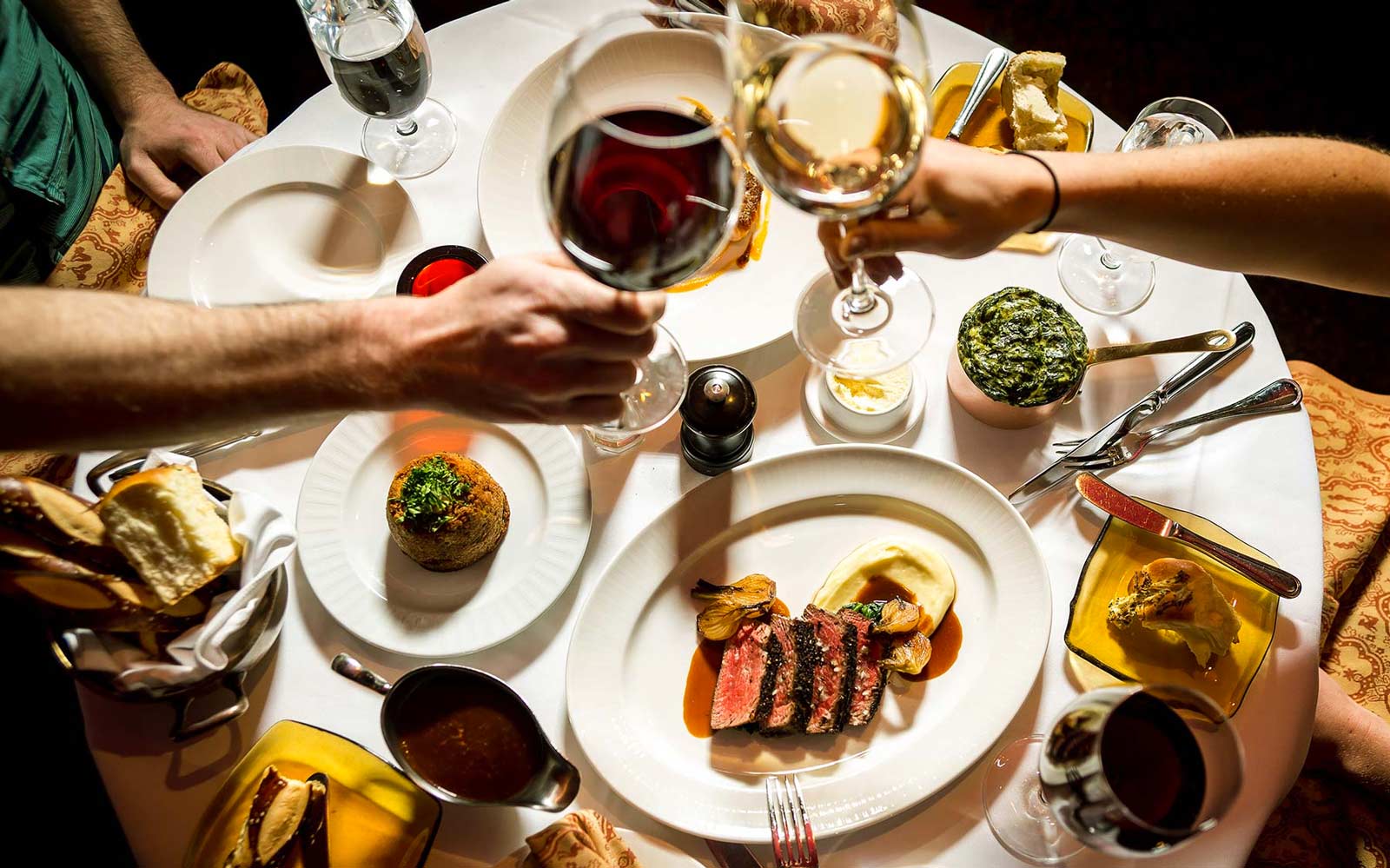Wine and food pairing explained by Italian sommelier
Another thrilling International Week of Italian Cuisine is drawing to its conclusion, but we keep dreaming of food-clad tables, delicious recipes and secrets to enrich our menus and pantry.
Mariano Gonzalez Altamura is one of Toronto’s most accomplished sommeliers, with a particular focus on Italian wines. Before joining the team at Gusto to launch their new restaurant at 501 King Street East, Mariano was the Head Sommelier at Terroni Adelaide for 5 years. Although originally from Buenos Aires, Mariano’s mother comes from Italy, specifically from Altamura, Puglia.
We had the opportunity to sit down with him and talk about wine & food.
Mariano, tell us more about yourself and your childhood.
I was born and raised in Buenos Aires with two very strong cultures. One that is Spanish, from my father’s side, who comes from a place not very far from Madrid. The other, Italian culture (especially during weekends), because my mother is from Puglia. And I remember long tables for these delicious family lunches. So these two cultures are very relevant to who I have become and to what I do today. I learnt to appreciate a dish while enjoying some wine, a tradition passed on from generation to generation. After leaving Argentina I moved to Spain, back to Argentina again and finally here to Canada when I was 24. I was once a mixologist, but I have always been fascinated by how much sommeliers know and what they are able to tell customers about wine. That’s what led me to pursue this incredible career.

Mariano Gonzalez Altamura, sommelier
So lots of wine in your life…
Indeed but I also love cycling… in the Veneto region! Riding my bike is part of “my diet.” I went to Padova, Asiago (tasted the famous Asiago cheese), had some great grappa in Bassano del Grappa (admiring the ruins and the monuments from the Great War). It is one of my favorite regions in Italy; the people are loving and there is so much history and beauty to explore.
Let’s go through the Peninsula and give us some tips about wines and what we can find in Toronto these days.
We can start with a Franciacorta by Majolini. It is a very good sparkling. You can pair it with lots of different flavours and it is also good to cleanse the palate.
Travelling to the South, in Campania, we find Taurasi by the Mastroberardino Winery. It is produced from a zone of 17 communes in the Irpinia province (Avellino). It is a rich wine, more dense that embraces the scent of the dark grapes.
For fish, I’d go to Le Marche where they have great production of wine: Lacrima del Moro, Bianchello del Metauro, Verdicchio: all wines that can suit a nice fish meal.
From the North-West, in Liguria – for me, the garden of Italy with its colours and fresh climate – there are two great varieties: Vermentino from Colli di Luni and Rossese. The latter comes originally from France and it is a light red wine. You can be very creative with it, enjoying it at the beginning of your dinner – you can have it chilled and let it warm up as the dinner unfolds.
From Piemonte I’d absolutely have some Nebbiolo with a nice dish of pasta and truffles. Nebbiolo takes you to the woods of Piemonte. You sip this wine and you can picture where it comes from. It is very earthy and it is perfect with tagliatelle al tartufo.
Pretty funky and good to break the ice is Lambrusco. I think it is the one that brings us back to the 70’s, a more freewheeling time in Italian winemaking.

How to pair Italian wine and food
And what about sparkling wines and prosecco? What’s the best Prosecco you have found in Veneto?
After I arrived in Castelfranco, I went to visit Gianluca Bisol and the Bisol family. They produce an amazing Prosecco. The renaissance of Prosecco is coming from Cartizze, the most refined version of Prosecco. It is known as the ‘Grand Cru’ of the Prosecco Superiore area. Right now it is the rage in the market. They have started to do some experiments with Prosecco. For some of them, they even do a second fermentation.

Hills where Prosecco is produced in Veneto region
Any last words of advice to our readers?
As we move past enjoying the stereotypical dishes of Italy to exploring the more nuanced regional and idiosyncratic variations, we should continue to discover wines that share these same qualities. Just as each dish has its own particular combination of flavors, some more forward in the palette and others more background, so do wines. So I would advise keeping a wine-tasting notebook, and making detailed notes about types of wines and how they mix with particular foods, flavour notes and textures. Then you can translate those observations from what you know to other dishes and other wines.
What’s your hope for the next 5 years?
My objective is and will always be to implement the selection of Italian wines . I’d love to bring more indigenous, local wines from Italy to keep telling an incredible story about how tending to the Earth and the climate can make life truly special. I would encourage my guests and others to explore Italy and different labels, try something that they haven’t ever tried and keep being curious.
What’s so special about this relationship with wine?
It is a connection to my roots, my family, my memories, my grandfather Donato who used to fish octopus and eat it raw. No matter how you feel or where you are in your life, food and wine will always take you back to your origins. You can go far, but you are going to come back.


